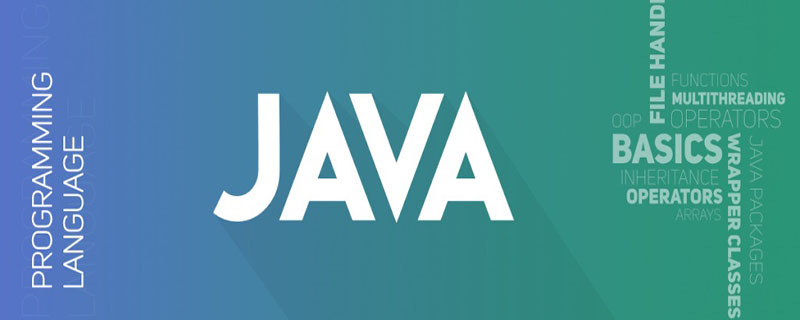
Normative suggestions for designing java interfaces:
1. Responsibility principle
When designing an interface, the interface must be clear Responsibilities, that is, interface type, what business problems the interface should solve, etc.
2. Principle of Unity
Under the condition of clear interface responsibilities, try to make the interface as single as possible , that is, an interface only does one thing, not two or more. Many non-senior interface designers, when designing interfaces, always think that the more things an interface does, the more awesome it will be. This is a very serious misconception.
3. Protocol specification
When designing the interface, the interface protocol should be clearly defined. Whether to use HTTP protocol, HTTPS protocol or FTP protocol should be determined according to the specific situation.
(1) FTP protocol (File Transfer Protocol, referred to as FTP) is a set of standard file transfer protocols used to transfer files, such as .txt, .csv, etc. For general file transfer, the FTP protocol is used
(2)HTTP protocol, suitable for business scenarios with low or no security requirements
(3)HTTPS=HTTP SSL, suitable for business scenarios with high security requirements
4. Path rules
Since api obtains a resource, try to use nouns in the URL instead of verbs
/api/ v1.0/Pruduct/2019
/api/v1.0/Users/2019
5.http request method
Interface basic access protocol : get (get), post (new), put (modify) and delete (delete)
get /users: List all users
get /users/id: Get based on id User
post /user: New user
put /user/id: Update user based on user id
delete /user/id: Delete based on user id
Recommended tutorial: Getting started with java development
The above is the detailed content of What principles should be followed when designing interfaces in java. For more information, please follow other related articles on the PHP Chinese website!